|
Van Gogh is at the Tate Britain. Tate Britain justify his presence there with a tenuous link with London where he lived for about a year. He didn't actually doing any painting here, a few sketches but he met some people, was inspired by others and forged links with impressionist painters who lived here, most notably Pissaro. There are in fact a couple of very nice Pissaro's in the show. The most obvious link is also probably my favourite picture in the show, that is Van Gogh's transcription of Newgate Prison (above), the original being by Dure. I love this painting. I like the different texture of the bricks and the way the lines on the paving stones alternate between vertical and horizontal. That and the slightly comical and goulish faces on the trudging prisoners. Just a couple of asides. If you are thinking of mocking any Americans for saying Van Go. Well we say Van Goff, and that is not right either. I have it on good authority it is Van Hoch. So there you go. Also prices have really gone up at Tate Britain. The full ticket price is £22. I was very pleased that I have my art pass, which gives you half price tickets. You will see in this show some Van Gogh you have not seen before. These split into basically two different categories. The first (which I will come back to later) is his earlier paintings. They are more stayed, more muted, more classical than his later work. The second are his sketches, both drawings and watercolours. In addition to this there are much more casual sketches included in letters, some of them in English that he wrote to various people. They are interesting and intriguing artefacts. As indeed are letters written about Van Gogh and sketches other people did of him. For me though these sketches are more artistically interesting. The figure of the hunched figure head in hands is one Van Gogh returns to again. The one here (above left) is called Grieving Widow which is probably something you could have guessed. The use of different tones is impressive here, particularly the use of white chalk to produce the highlights, which reminds me that I must get some white chalk. It took me a while to notice that almost the entire surface is covered. The other is a terrible photo, so go and see the original but it is a landscape and you can already see the swirling twisted trees that you see in his paintings. More of which... now. compassion for his sitters. In fact the painting above left opens the show and it is really nice portrait. The scraping effect on the wall behind her really adds a sort of halo effect to this gentle maternal scholarly figure. I really like it. The other (above right) is more somber and restrained slightly sad figure. He has done that classic trick of the background on the left hand side being lower than the right. This gives a 3d effect. The Mona Lisa does this most famously. It is used in portraits a lot. Look out for it. This example is a bit extreme perhaps. I like the way she sort of emerges out of the green background. The white flower by her left arm is too strong and is quite distracting. colour contrast between the face and the rest of the picture and this and the swirling blue background really give the painting its power. Next to it, using a much softer combination of blue and yellow is At Eternities Gate (above right). Here again we see the crouching figure and also the appearance of the wooden chair that makes its way into many of Van Gogh's paintings. incidentally one thing you learn from the show (if you didn't know already) is that Van Gogh was only painting fo 10 years and all his famous paintings, the super colourful ones, were done in the last 3 years of his life.
opposite of all these things. A riot of colour, bold red for the earth in stead of brown, a bright yellow building and these swirling twisted trees, all bent and storm battered. There is an odd dichotomy going on in this picture, the trees look like they are being buffeted by a mighty wind, while the building behind it seems all calm and serene. There is one detail I particularly appreciate. Not all of the shutters are open. We see this again in the picture above right, which is a painting of the garden and the asylum where Van Gogh committed himself. He did some of his best work in that place, this painting, with its yellowing trees and lonely slouching blue figure, and the prison scene we opened the blog with. There are other landscapes in the show, many in fact but the stand out star of the show is Starry Night (above). Van Gogh photographs well but looks even better in person. What you don't get from this painting, indeed from a number of them is the sheer luminosity of the paintings, the slickness of the oil. Its big this picture, and the yellows really shine, blending into green, obviously applied to the still wet blue. That's the other thing after a while you realise, there are basically only two colours at work here. A masterpiece of tone, colour and composition. Having demonstrated he can nail portraits and landscape, the show then goes on to show Van Gogh's mastery of still life. Boots (above), has become one of him many iconic images. Again there is allot done with a very limited palette. The detail is great and the broader brush strokes help bring out the dilapidated state of the boots. There were various other versions by other (British) artists on display but they didn't really compare. One day Van Gogh saw some apples and was so taken with them that he immediately went away and painted them three times, giving all the paintings away to various friends. One of the results is above right. They are presented to us on this shimmering almost water like surface with the shadow of the basket suggested by just a few marks of blue and red paint. The apples themselves look delicious. This one is much better in person than in photograph and is probably the painting I spent longest looking at. And of course sunflowers, wilting half dead sunflowers but still magical (above). It is an iconic image and mean that in both senses (because you know I'm a very smug person) in that it literally resembles an icon, both in the gold/yellow background and the texture of the deflowered sunflowers. I think you can see in this image a Japanese influence. Again there is a limited colour allette and there is a more subtle right hand higher than the left side thing. This painting really glows. They have shown it in a room with other yellow flower pictures and it blows them out the water. It was I noticed the only one showing dying flowers. As intimated, surrounding the Sunflowers like supplicants around the altar were various other yellow flowers by British artists. Of these my favourite of them was the above left by Christopher Wood who, pleasingly is very good at rendering wood. I was going to say something clever about this still life which is not by Van Gogh, although there is one of his in the show of just a plaster torso, but as I have lost the name of the artist I will not. The final room is very strong, even though there is no Van Gogh in it at all. In that room they are showing on a perptual loop the Kirk Douglas film of Van Gogh but there are also a number of spectacular paintings by British artists, my favourites of which were David Bomberg (above left), I am always pleased to see Bomberg and Francis Bacon (above right), with his violent study for a picture of Van Gogh. Inspired by but completely different and idiosyncratic. Quite a neat way to end the show I thought. In summary, its good, its worth going to.
While your here why not have a look at my gallery page and if you are feeling reckless, maybe by something?
0 Comments
Leave a Reply. |
Archives
June 2024
Categories |
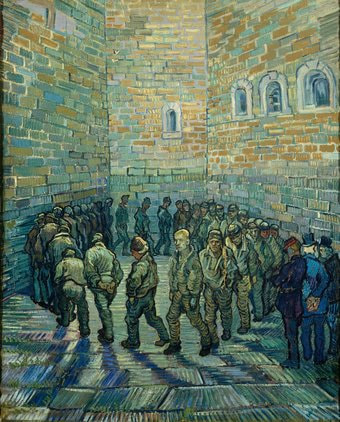
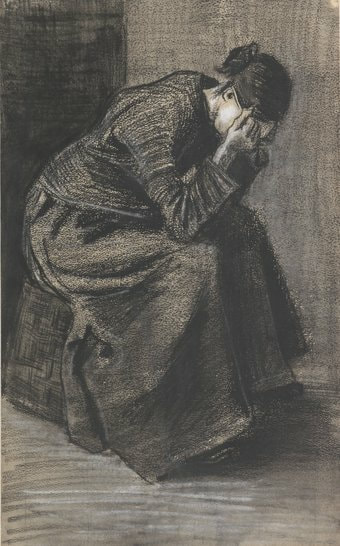
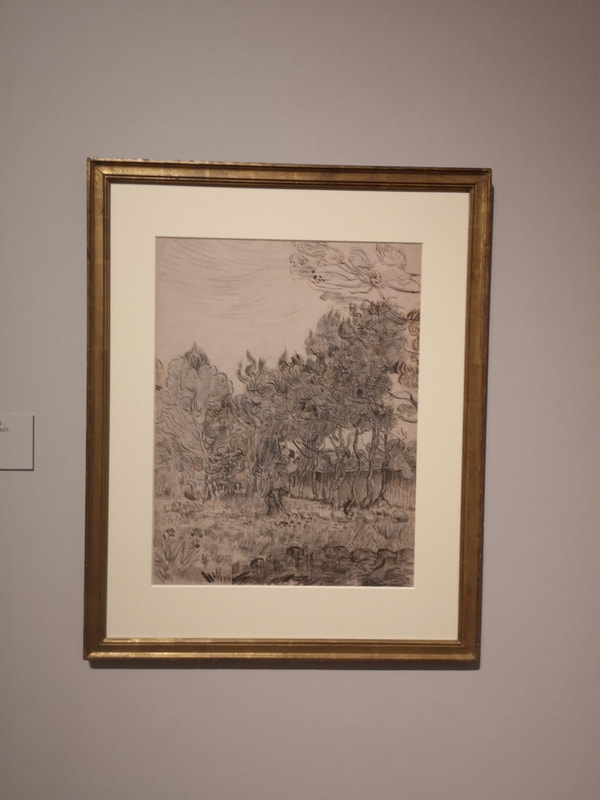


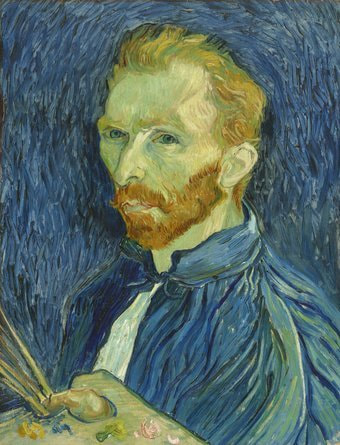
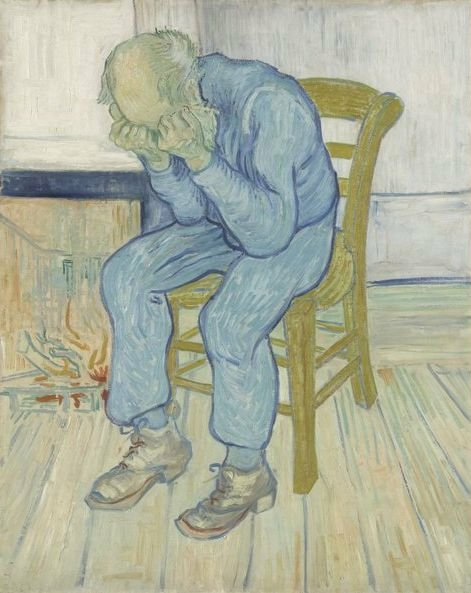

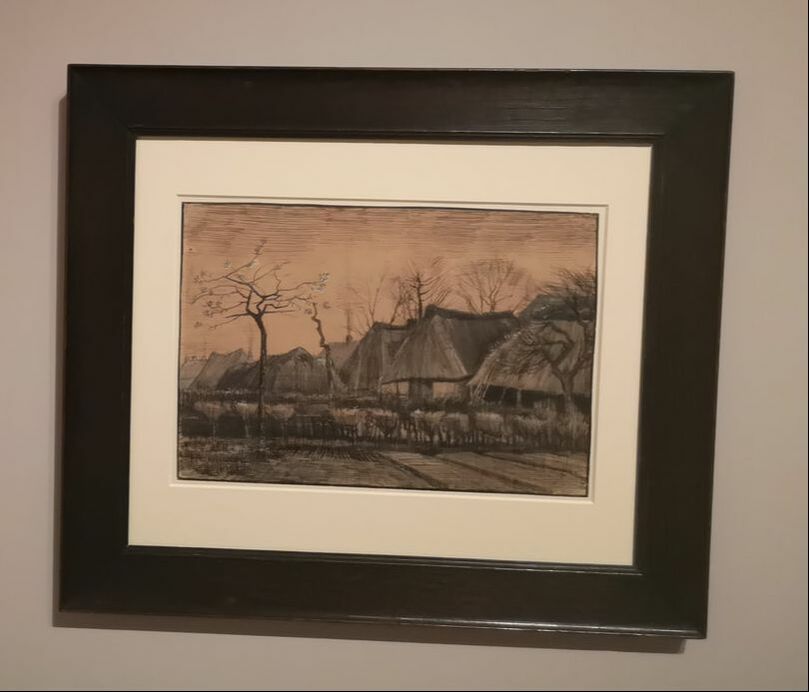
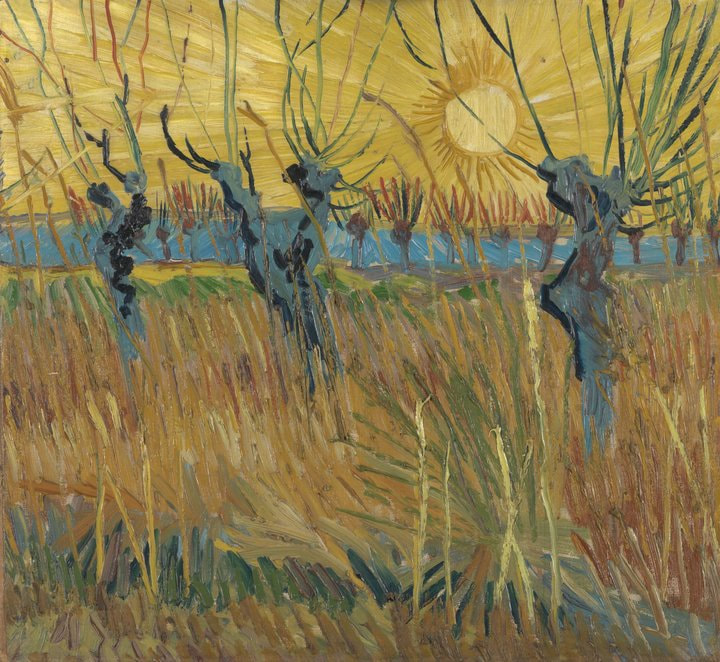
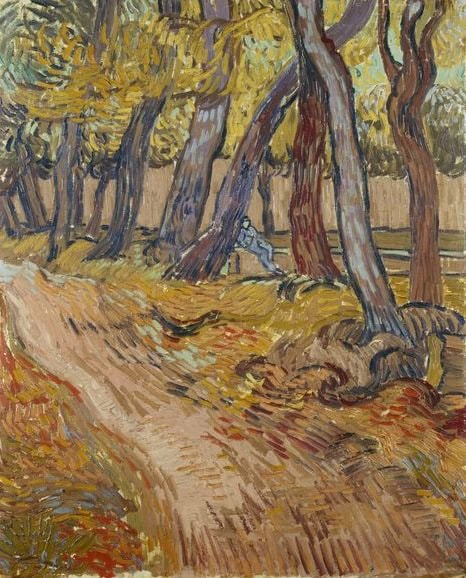
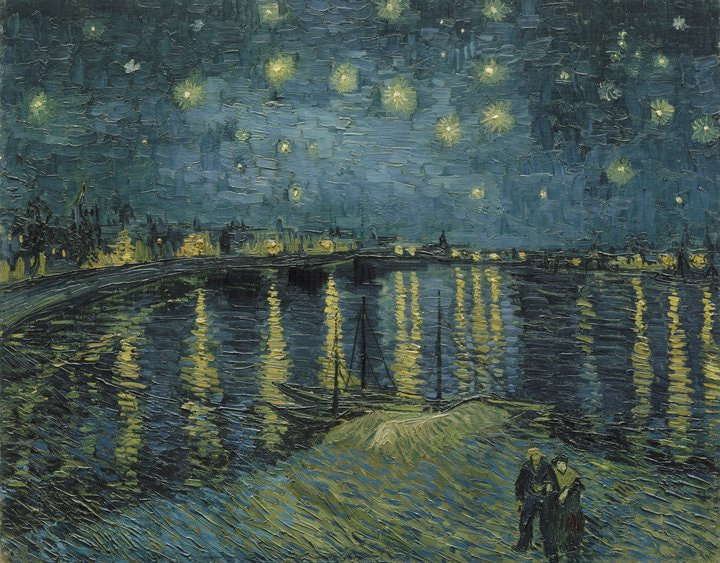

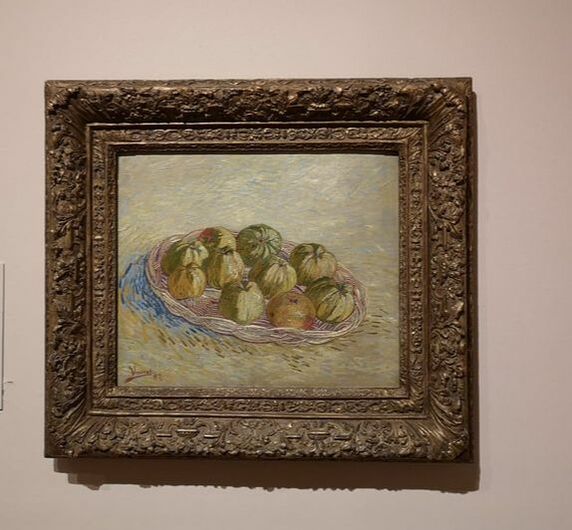
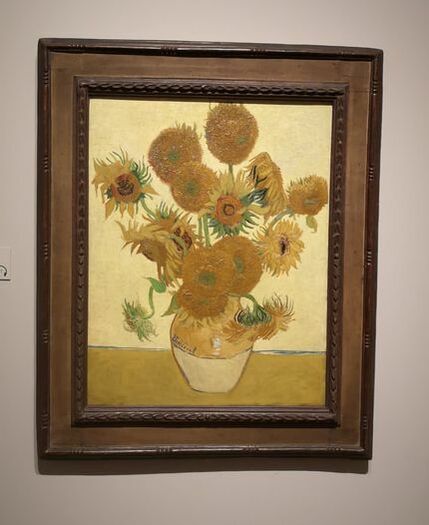
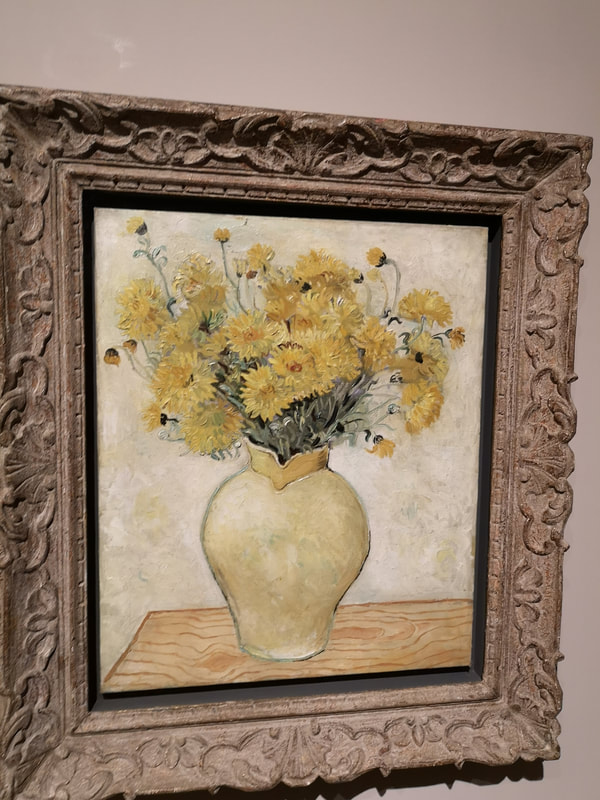
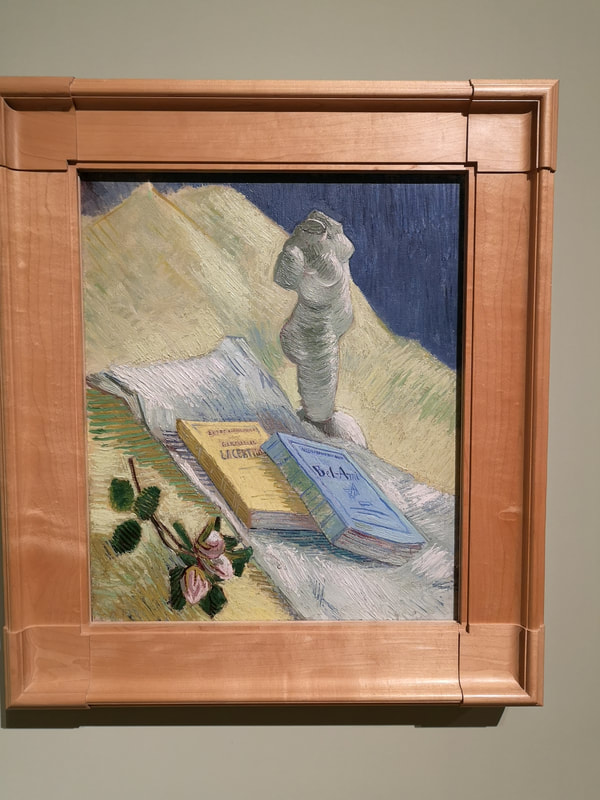

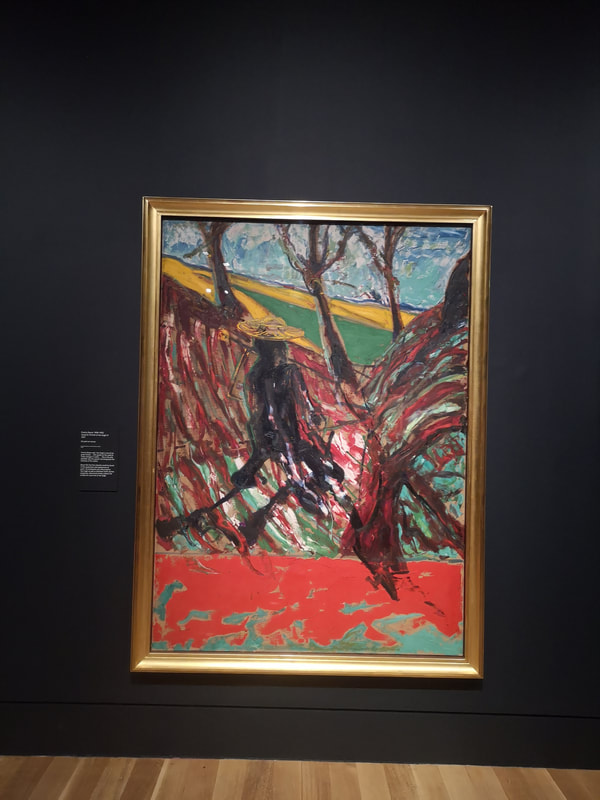
 RSS Feed
RSS Feed